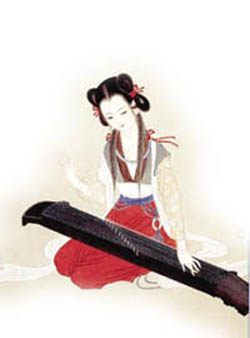Jonathan L. Friedmann, Ph.D.
Cultural evolution greatly outpaces biological evolution. The excruciatingly slow pace of natural selection is eclipsed by the rapid and localized intellectual, behavioral, and technological transformations that take place within human societies. Moreover, whereas the mutations and adaptations of genetic evolution typically lead in a single direction, cultural changes can be linear, cyclical, conservative, progressive, or all of these at once. Such variety is a result of human-directedness. Unlike the non-sentient forces of nature, which spawn diversity through gradual descent with modification, cultural advancements and retrenchments are conscious choices, and thus prone to splinter off in multiple directions.
In this sense, the use of the term “evolution” in discussions of culture, while commonplace, is somewhat misleading. Rather than progressing unidirectionally, human culture is the fickle and multidimensional product of a capricious species. This is obvious when examining music. If musical styles were placed on an evolutionary continuum organized from simple to complex, actual timelines would be demolished. Minimalism would predate Romanticism, blues would precede madrigals, and the Beatles would come before Bach. The absurdity is exacerbated when world musics are thrown into the mix.
Beneath the false premise that fewer notes indicates an earlier period is a bias regarding what constitutes complexity. Just as each style has its own history, each style is complex in its own way. Where harmonic density is lacking, rhythms may be more intricate. Where counterpoint is highly cultivated, modal choices may be limited. Where orchestration is refined, emotional content may be restricted. More often than not, these scenarios are the product of preferences: the relative absence or abundance of a musical element is dictated by taste, not chronology.
A good example is the Chinese predilection for the pentatonic (a five-note non-semitone scale). Chinese musicians are aware of “bigger and better” scales, but five is a sacred and symbolic number. The five notes of the scale—gong, shang, jue, zhi, and yu (usually equated with do, re, mi, sol, and la)—correspond with a variety of other fives. Among these are the cardinal directions (center, west, east, south, north), elements (wood, fire, earth, metal, water), colors (yellow, white, blue, red, black), tastes (sweet, pungent, sour, bitter, salty), and political structure (king, minister, people, national affairs, natural world). Far from being a “primitive” stage in musical development, the Chinese pentatonic is a conscious conservation of socio-historical meaning.
What’s more, while the pentatonic may exclude notes present in the Western heptatonic (not to mention chromatic and microtonal scales), it is similarly capable of generating endless melodies. This point is made in The Art of War, which observes that the five colors combine to “produce more hues than can ever be seen,” the five tastes “yield more flavors than can ever be tasted,” and the five notes “give rise to more melodies than can ever be heard.” Indeed, the value ascribed to discovering new combinations has ensured the preservation of the scale, despite many cultural changes that could have swept it away. This, in itself, goes against any hypothetical theory of musical evolution.
Visit Jonathan’s website to keep up on his latest endeavors, browse his book and article archives, and listen to sample compositions.
